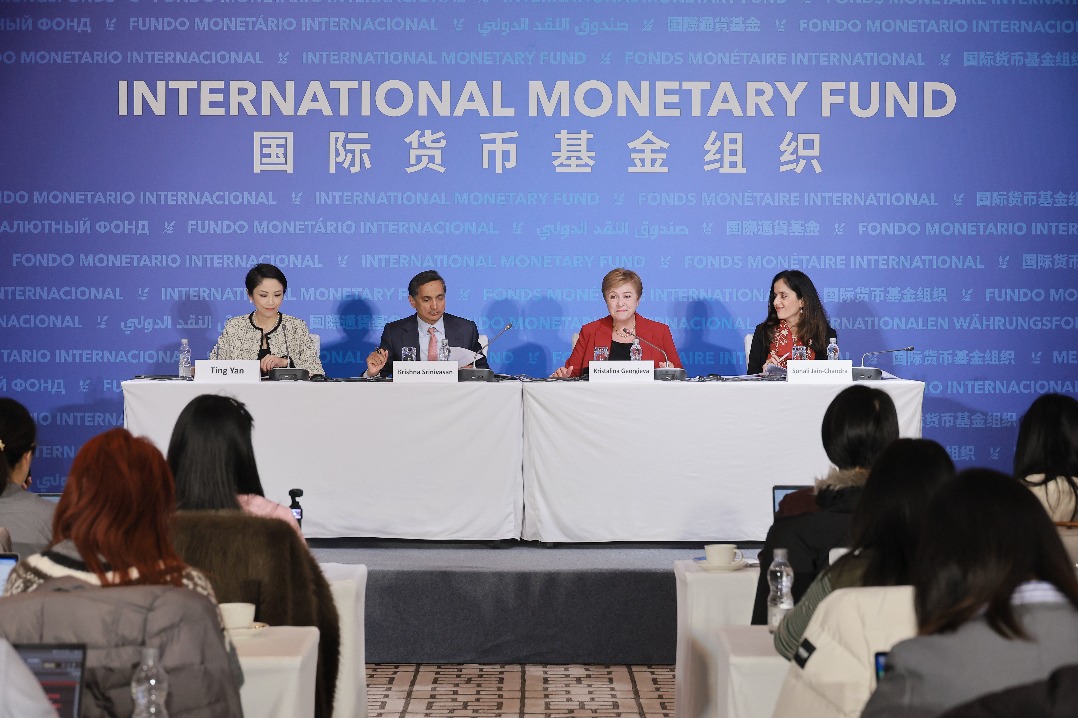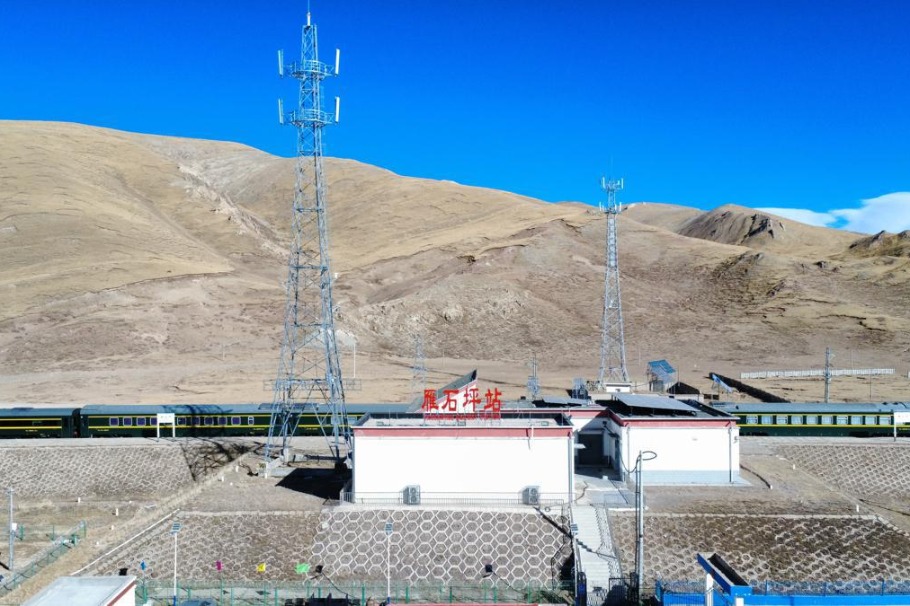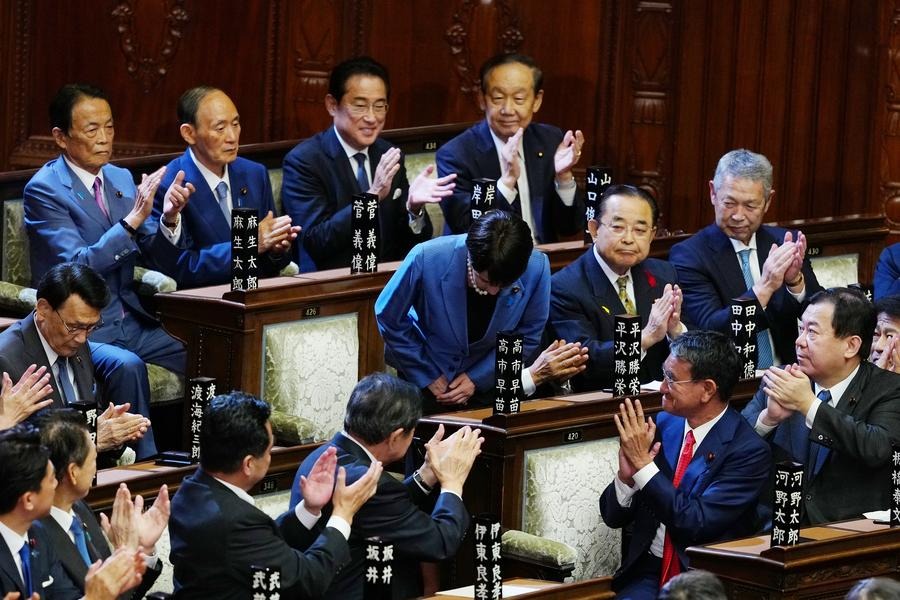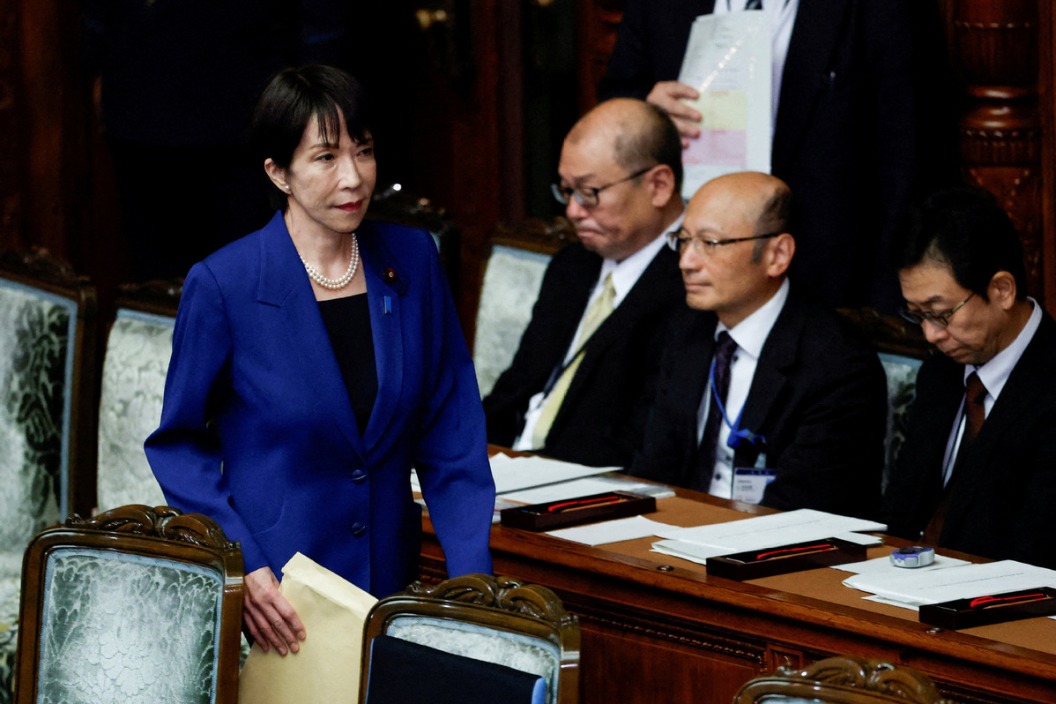Discrepancy between wants and needs


Decoupling bid of US hawks is destined to fail as it flies in the face of reality
In order to achieve the strategic intention of containing China and maintaining the United States' competitive edge, hawks in the US are trying to take irrational approaches of economic and trade decoupling, such as creating trade frictions, strengthening high technology export controls, restricting Chinese enterprises from investing in the US, cracking down on Huawei, TikTok and other Chinese technology enterprises, and imposing financial sanctions on China.
The US, which prided itself on "free market and level playing field", is abusing its economic hegemony and violating basic economic rules to undermine the post-World War II international economic order it has built. The US has become a counter current to economic globalization and liberalization, but this cannot stop the historical trend of economic globalization and the development of China-US economic and trade cooperation. Economic ties between the two countries remain close, and overall economic decoupling will not happen. There are three major reasons for that.
First, the economic interests of China and the US are deeply intertwined. After more than 40 years, China-US economic and trade relations have undergone great development.
Even in the face of the global crisis and the spread of the novel coronavirus, the bilateral trade volume in April was $39.7 billion, making China once again the largest trading partner of the US. The crisis, the pandemic, high tariffs, political disputes and other negative factors have not dragged on the growth of China-US trade, and bilateral economic relations are still being strengthened.
In particular, the Chinese economy is full of potential and the Chinese market is very attractive. Even though the current US administration has continuously adopted "decoupling" policies toward China, such as reshoring manufacturing and seeking to reshape the industrial chains without China, China's advantages of its huge economic potential, stable business environment and being the first country to recover from the pandemic make it attractive to US companies.
According to the latest data from the Bureau of Economic Analysis of the US Department of Commerce, majority-owned foreign affiliates of US multinational enterprises in China employed 1.695 million people in 2018, making China the country with the largest number of overseas employees for US multinationals.
According to this year's US-China Business Council (USCBC) Member Survey, 83 percent of companies counted China as either the top or among the top five priorities for their company's global strategy. As a result of this long-term confidence in China's market, the survey shows that 87 percent of those companies have no plans to shift production out of China. And 75 percent of the companies believe that their resources committed to China will remain stable or else increase in the coming year, the most common reasons for an increase being to expand their existing commercial footprint and production, increase their headcount, and launch new products. This means while the US hawks continue to crackdown on China, US companies are accelerating their business deployment in China. With China's further reform and opening-up, US companies have greater potential and opportunity to do business in China, and the interests of both sides are more closely related. This close relationship, based on common interests, is not severed by the "speculative manipulation" of short-sighted US politicians.
Second, the "phase one" US-China trade deal can serve as a cornerstone for China-US relations.
Recently, US Trade Representative Robert Lighthizer, Treasury Secretary Steven Mnuchin and China's Vice-Premier Liu He had a telephone call to discuss implementation of the "phase one "agreement between the two countries. This agreement has not only maintained an important channel of communication between the two countries, but also injected positive energy into the current China-US relations and played a cornerstone role for their economic relations. In addition, it shows that the US government still treasures the implementation of the trade agreement and hopes to continue to expand exports of agricultural, energy and industrial products to China, in order to satisfy the US agricultural states and obtain more political support. Top officials of US economic and trade team, including Lighthizer, Mnuchin and White House economic adviser Larry Kudlow, still have positive comments on the China-US trade deal and are full of expectations. Comprehensive economic decoupling from China is not really a reasonable option for the US at present.
Third, China has played a positive role in shaping China-US economic and trade relations. In the face of the trade war and economic crackdown provoked by the US, China has taken certain countermeasures, but has always maintained maximum strategic patience. By keeping the US on the track of negotiation and consultation, China has avoided "decoupling" or even something more extreme in some areas. The 13 rounds of economic and trade negotiations have demonstrated China's efforts to shape healthier bilateral economic and trade relations.
As the world's largest and second-largest economies, the US and China are economic and trade partners with deeply intertwined interests. Win-win cooperation is the only correct path for the two countries. China and the US should take a responsible attitude toward each other and the world economy, strengthen economic exchanges and join hands to promote a global economic recovery from the pandemic and benefit the people of the world.
The author is an associate research fellow of the Institute of American Studies at the China Institutes of Contemporary International Relations. The author contributed this article to China Watch, a think tank powered by China Daily. The views do not necessarily reflect those of China Daily.


































